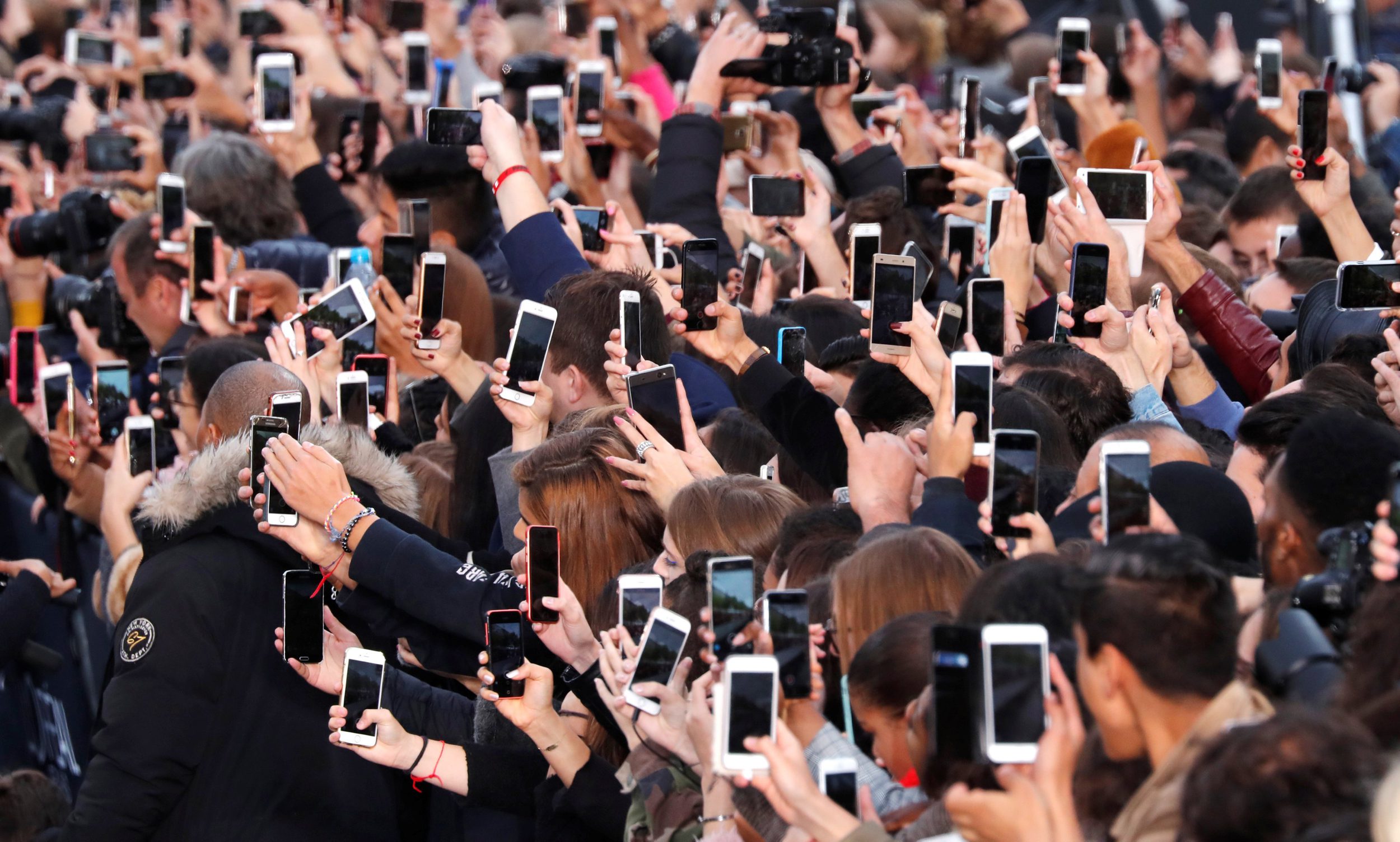We naturally seek closure.
It is our nature, whether in relationships, academia, or professional life. When we celebrate a school graduation or host a going-away party, we are effectively seeking closure – which we define through the finality of an event.
Unfortunately, we will not have this type of closure for the COVID-19 pandemic. Instead we will see progressively slowing news coverage, until the pandemic no longer registers on the radar of public consciousness.
There will be no finality, no event to celebrate. There will only be a growing silence – something we are starting to see.
In an analysis conducted on search terms related to the COVID-19 pandemic, we find a decreasing number of searches since the beginning of September 2021. Interestingly, there also appears to be a correlation in the decrease.
We examined three popular search terms, “COVID”, “vaccine”, and “delta”, and trended their popularity. “COVID” and “vaccine” bore the strongest correlation overall. The term, “delta”, began correlating with the other two during the summer of 2021, likely when we began to hear of the delta variant through media outlets.
But from September onwards, we see a slow and steady decrease in the popularity of all three search terms, alluding to a possible public-wide COVID-19 fatigue. But this is nothing new. We have all experienced COVID-19 fatigue for months now. At least that is what we say.
Yet our online behavior reveals a persistent interest for all things COVID-19 that is only now waning late into 2021, which seems counterintuitive given the recent news about COVID-19 booster doses and vaccine eligibility in younger populations.
An article recently published in Nature may explain this counterintuitive trend. The article focuses on political perceptions of COVID-19 and verifies in granular detail what we have long assumed – that political affiliation determines the quality of pandemic news coverage. As expected, the study found that more populist news outlets published articles of low scientific quality compared to more left-leaning news outlets.
But within the article is something more interesting than the political bent of readership, and even more than the corresponding scientific accuracies thereof. The authors found that uncertainties inherent to the pandemic were the primary driver of the COVID-19 news cycle – that the less we knew about COVID-19, the more we wanted to read about it online.
This explains the rise in COVID-19 related searches during the rise of the delta variant, and explains the continuing decrease in COVID-19 related searches despite recent announcements made by the FDA and the CDC.
After the delta variant came and went, there was little uncertainty left in the pandemic – at least in the minds of the public. And now, there is little the public does not already know – at least perceives to know. But this behavior is not unique to the pandemic.
Marketing experts that specialize in online search optimization focus on user intent when developing promotional materials. They find that most people who search for healthcare topics online are trying to learn about something, or as they describe it, using the internet for informational purposes. This is in contrast to online consumer-oriented behavior, which experts describe as transactional.
Transactional behavior is ongoing. There is no limit to the number of times a person will shop online, actual need or budgetary considerations be damned. But informational behavior is different. It saturates.
For any informational content online, healthcare or not, there is a cycle through which the content is read, disseminated, and consumed. Eventually the cycle plays out and the content is no longer read widely, or relegated to small portions of the online population. Additional, related content covering the same topic will only cycle faster, while garnering even fewer readers. And the more related content published online, the faster the cycle accelerates.
So it does not matter how many future articles related to COVID-19 comes out. As long as the perception of COVID-19 remains the same – that there is nothing the public does not already know, or that we have seen this already –readership in COVID-19 articles will continue to decline.
Eventually, with declining readership, we will see fewer articles publishing content related to COVID-19. After all, news is a business, and writers follow the readers. If fewer people are reading about COVID-19 online, then fewer writers will cover the topic. The process is cyclical, like so many things online, and primarily determined by online behavior.
There will come a point in the not so distance future when the number of articles falls below the threshold of public consciousness. It will appear as a silent inflection point, when media outlets begin to realize that COVID-19 is no longer a topic of interest to the public.
Sure there will continue to be COVID-19 related content online. But major media outlets, the ones that drive online behavior and feed the demand for healthcare content will not cover COVID-19 the same way, or possibly at all.
And the public will move on to the next news cycle or point of social outrage, disregarding COVID-19 articles the way a child does a toy when the novelty wears off.
Closure for the pandemic therefore will be determined not by any one event, but by the progressive lack of media coverage by journalists – which in turn will be led by the lack of public interest.
And this may be all the closure we need.
















It was also the press that ruined pain patients and their doctors replacing accurate reporting with ‘viewership drives’ by inducing manic levels of non-existent fear and drama, which is actually ALL that they really do for anything and gets most to hang around for the commercials where they make all of their money. Commentary, …a 24/7/365 ‘talk show’, really does NOT deliver the News at all. SCOLA did it right. No ‘leg shows’, no ascending and descending heads and voices, …or hysterical laughing.